Photo Flash: King Tut Times Square Exhibition
Dr. Zahi Hawass, secretary general of Egypt's Supreme Council of Antiquities, has announced a two-week extension of the King Tut exhibition Tutankhamun and the Golden Age of the Pharaohs to January 17, 2011.
Recently added to the exhibition are a chariot some Egyptologists theorize could have been instrumental in the Boy King's death as well as 19 objects that have been in the Metropolitan Museum's collection since the early 20th century that will be returned to Egypt in June 2011. The soon-to-be repatriated objects, which range from study samples to a three-quarter-inch-high bronze dog and a sphinx bracelet-element, are all attributed to Tutankhamun's tomb, which was discovered by Howard Carter in 1922 in the Valley of the Kings.
On view since April 2010 at Discovery Times Square Exposition, this is the final U.S. showing of the National Geographic exhibition. Featuring more than 150 objects of exceptional craftsmanship and beauty that provide insight into the daily life and royal burial practices of the 18th Dynasty, seventy of the objects are from Tutankhamun's tomb, only a handful of which were part of a previous 1979 exhibition. An additional 80 artifacts come from the tombs of his ancestors and other high-ranking figures of his time.
After New York, the treasured artifacts go on view at the Melbourne Museum in Australia, and will eventually return to Egypt to be housed in the new Grand Egyptian Museum being constructed in Giza. A portion of the proceeds from this exhibition is helping to fund antiquity conservation efforts in Egypt, including the building of this world-class museum.
Photo Credit: Chris Lee/Jennifer Taylor

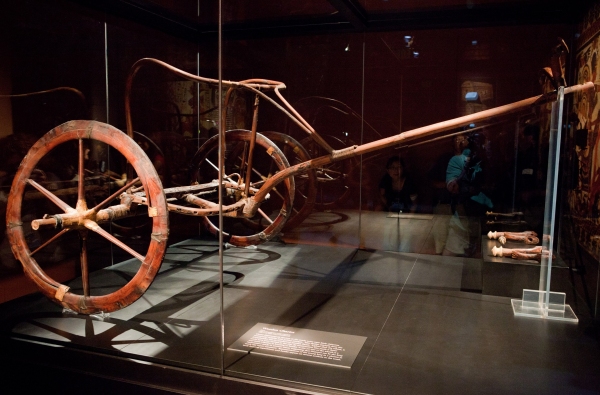
Tutankhamun's chariot

Exhibition curator Dr. David P. Silverman, Director of the Luxor Museum Sanna Ahmed Ali, Senior VP Marc Lach
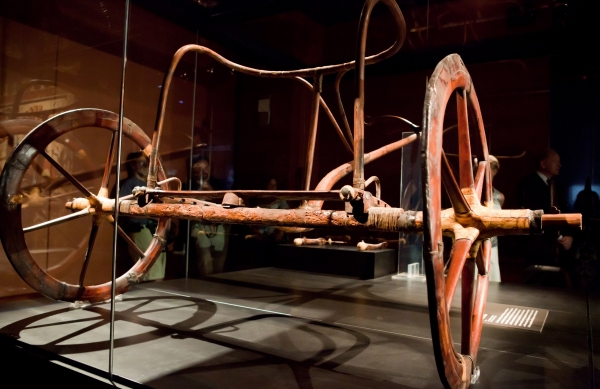
Tutankhamun's chariot
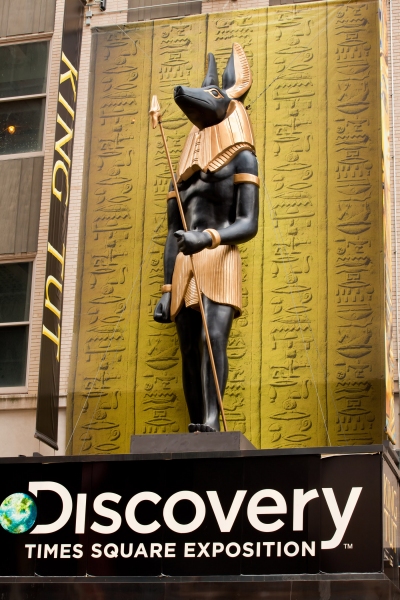
Anubis
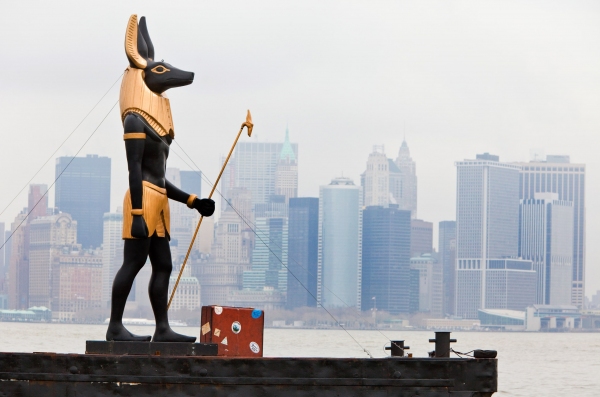
Anubis
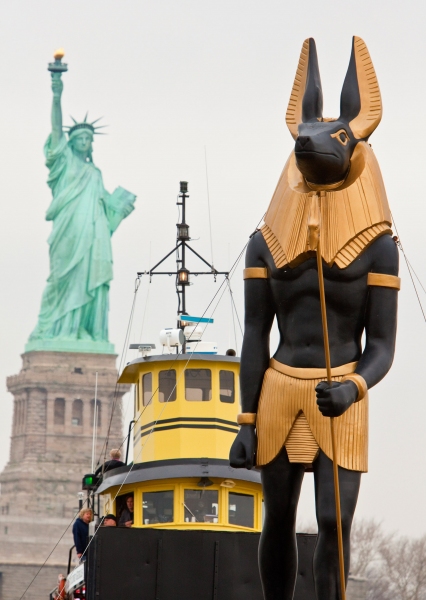
Anubis
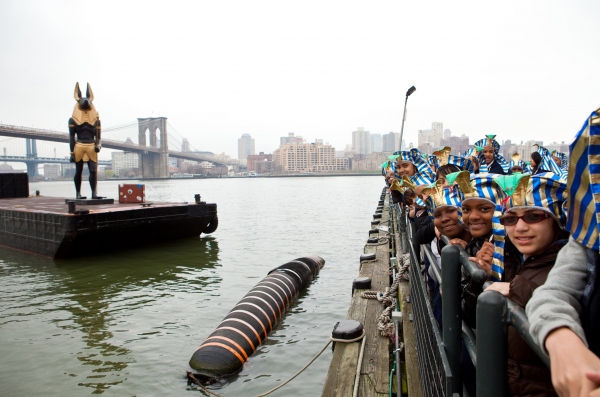
Anubis, P.S. 57 Students

Tutankhamun's chariot
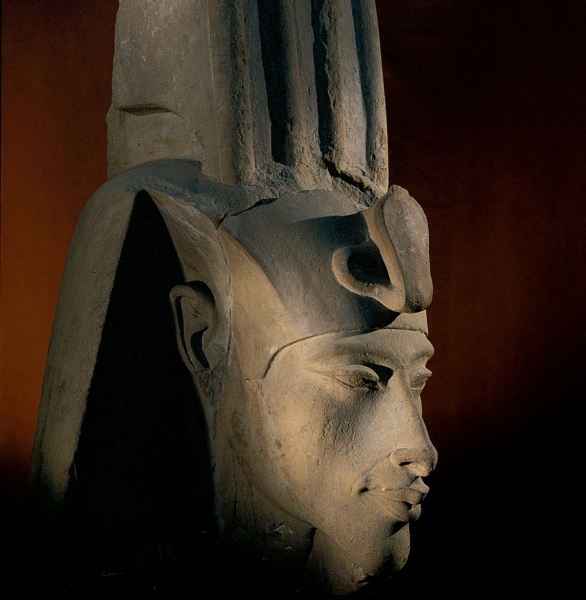
Head of Akhenaten
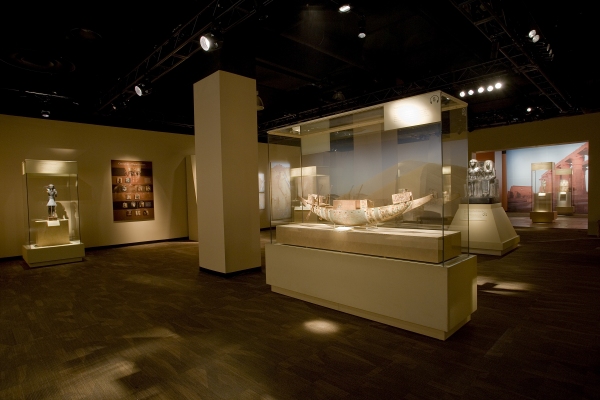

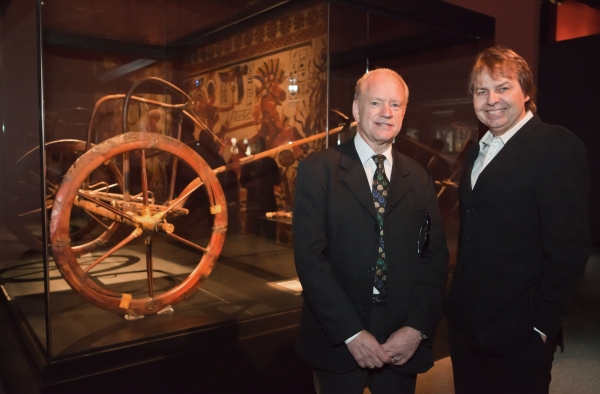
Dr. David P. Silverman, Marc Lach
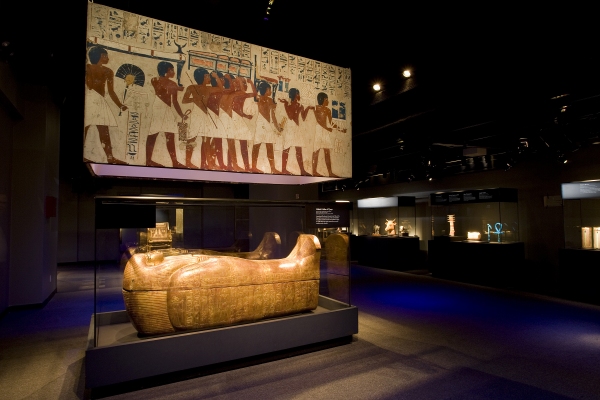
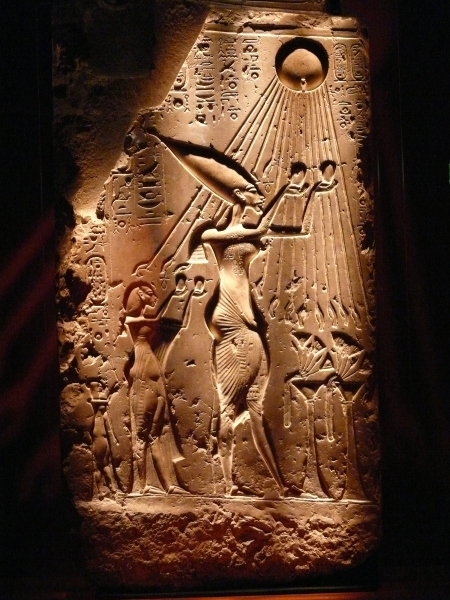
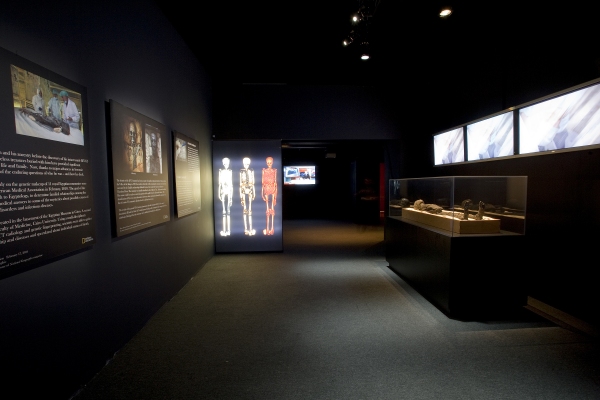

Videos

